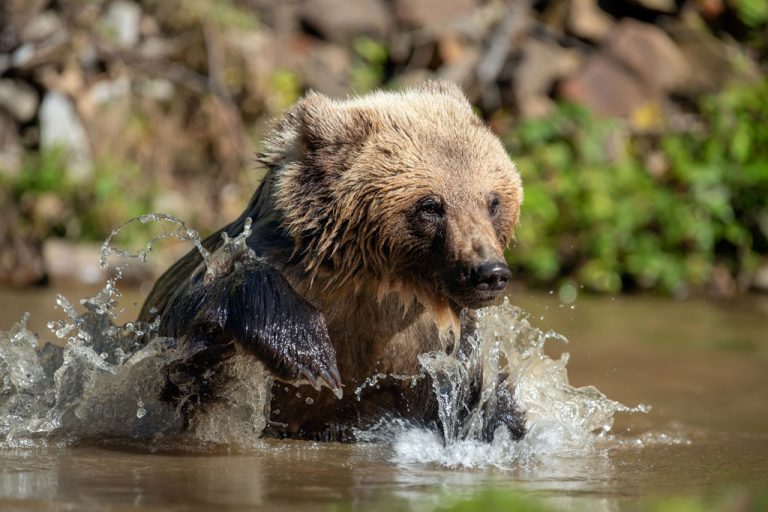The central Pyrenees is a land full of life. Its particular orography and climatic conditions have facilitated the existence of numerous autochthonous species. Perfectly adapted to the mountain conditions, these species have found their ideal habitats to live and breed.
However, as widely known, the presence of the modern human being on the planet has altered everything. Our development model has conditioned the ecosystems of thousands of species, demoting some of them and banishing others.
In Aragon, the Catalogue of Threatened Species includes those species, subspecies or populations of wild flora and fauna that require specific protection measures. Among them, 11 animals are in danger of extinction. Today we talk about the five most representative that can still be spotted when hiking these mountains:
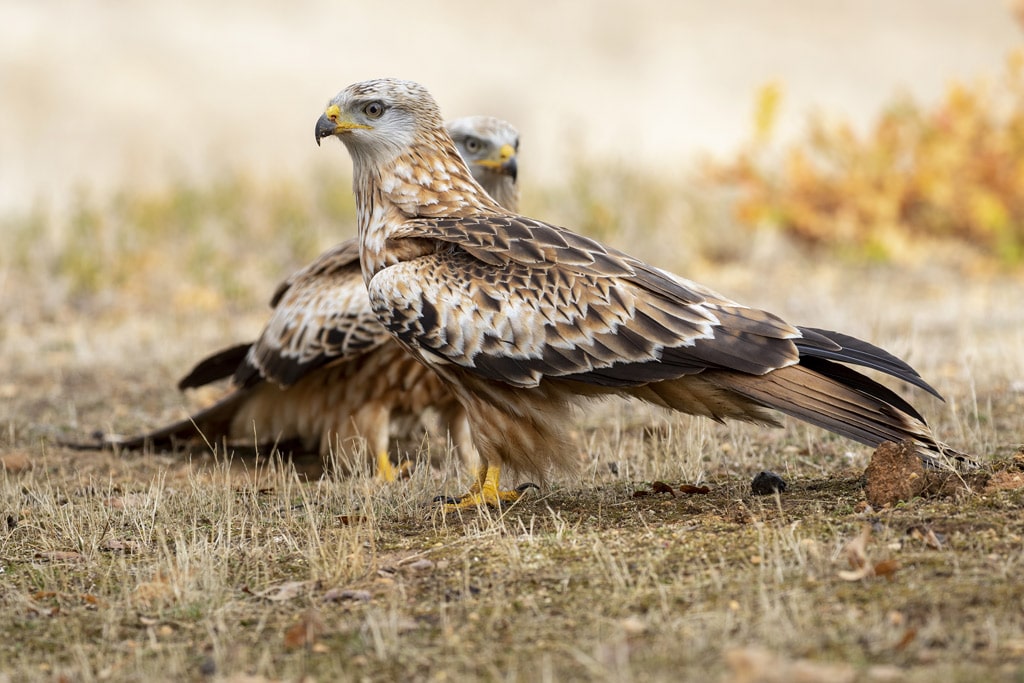
Red Kite
Despite its current endangered situation, it is not hard to realise its presence when trekking the Pyrenees. Due to the gentle flight that allows this scavenger to be seen relatively often, people get surprised to learn that it is in danger of extinction.
Moreover, it is one of the species that recently worsened in this category since it goes from vulnerable to being in danger of extinction. The red kite is threatened not only by wind turbines and power lines but also by the malpractice in using rodenticides and other pesticides in agriculture.
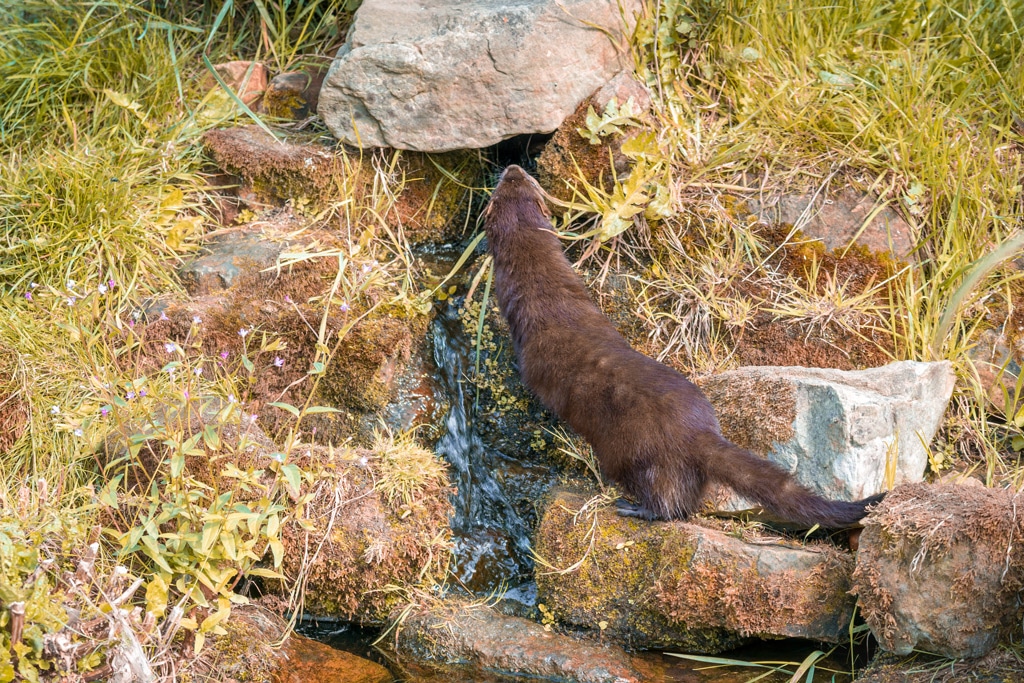
European Mink
Elusive and mysterious, the European mink is a tremendously unique animal. In the past, it was widely spread throughout the European continent, but today it is listed as “critically endangered” and is considered the most endangered mammal in Europe.
The reduction in the number of specimens is drastic due mainly to the disparaging of its natural habitats along the Ebro River for half a century and the spread of invasive species – especially the American mink. Today, it is still possible to find it in the westernmost part of the central Pyrenees.
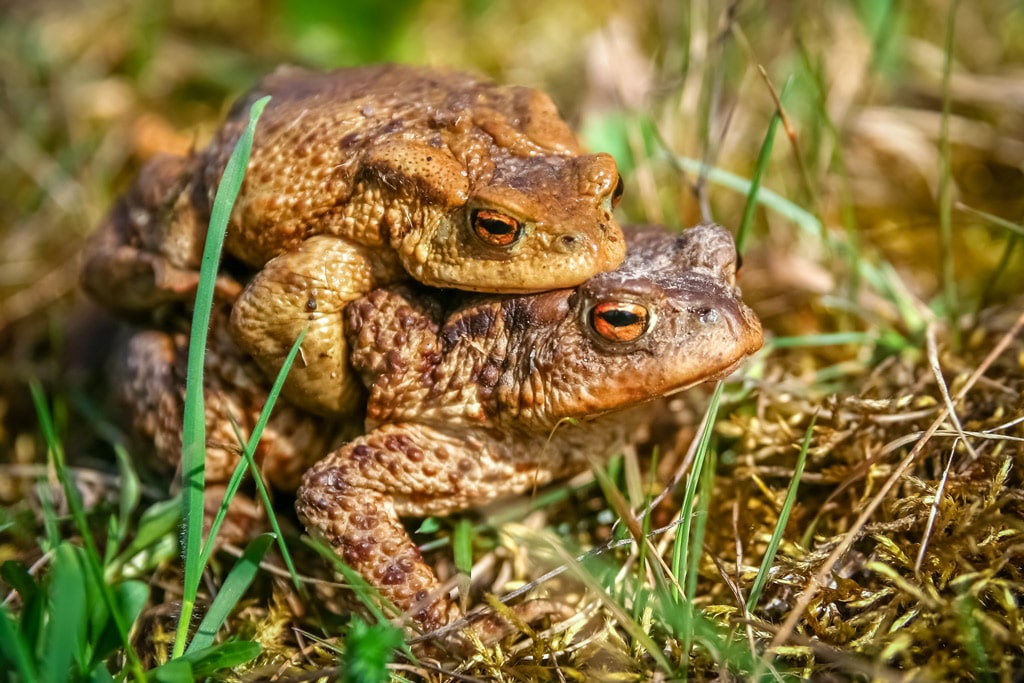
Pyrenean Frog
Discovered a few decades ago, they are known to be affected by a disease that has caused their decline as a species. These amphibians are very susceptible to changes in habitat: any alteration that slightly modifies the composition of the water or the wetland causes the mass disappearance of the colony. That is why activities such as canyoning can negatively affect this species if they are not performed within the regulated limits
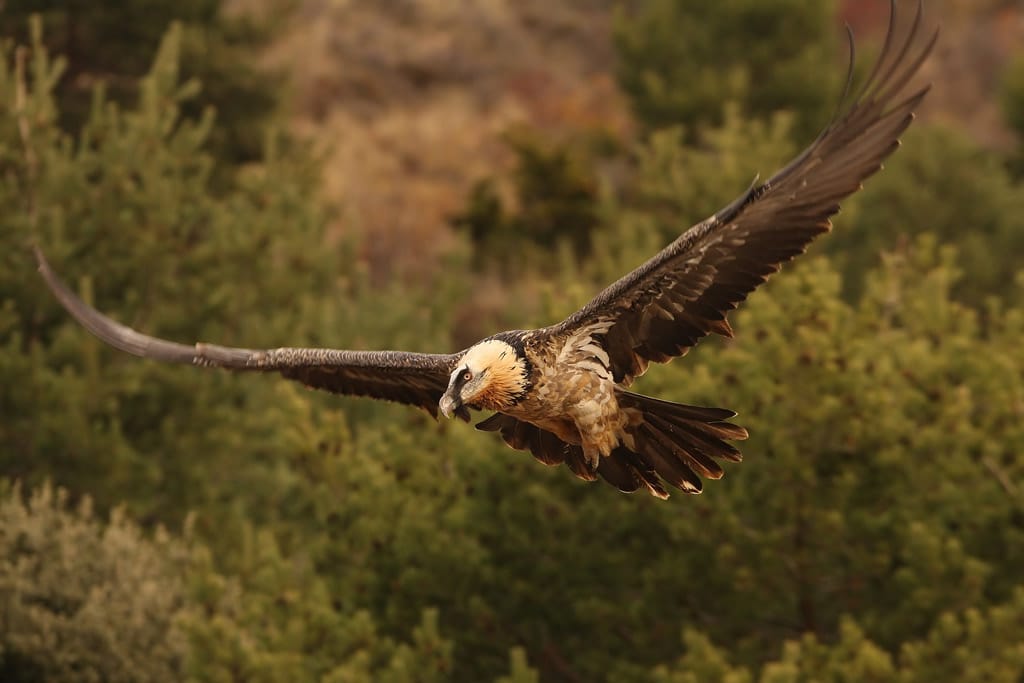
Bearded vulture or Lammergeier
It is one of the most representative species in the central Pyrenees, where most of its European population is concentrated. Historically, they were hunted and eventually eradicated in the Alps as it was falsely believed they attacked lambs and even young children. Today’s main threats for the species include lack of food, illegal use of poisoned baits, habitat destruction or degradation, and illegal persecution.
At the end of the 20th century, this unique vulture’s future was critical. However, progressively, thanks to the excellent effort for its conservation from local organisations like the Lammergergier Conservation Foundation (FCQ), the species has been slowly recovering towards much more promising times ahead.
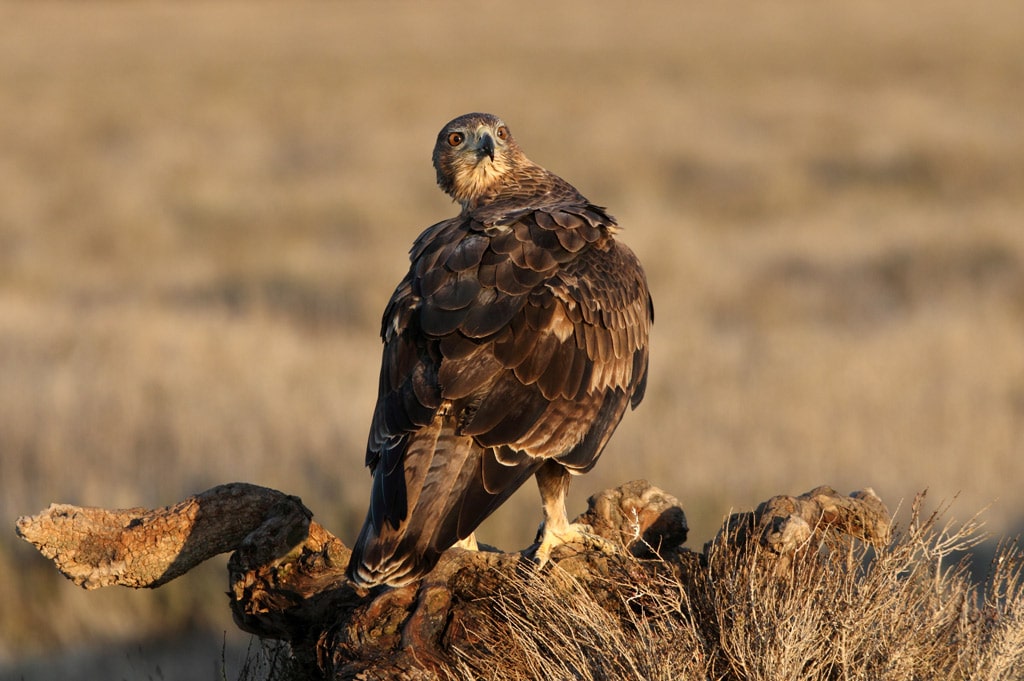
Bonelli’s eagle
It is a medium-sized eagle that reaches an impressive wingspan of 170cm. Spain concentrates 75% of the total European population, only around 700 breeding pairs. Still, it is one of the Iberian birds of prey that has suffered the most significant regression in recent years. Given the situation, action must be taken so that Bonelli’s eagles never disappear from our territories.
Some of the solutions may begin with the administration recognising the Conservation and Management Programs and taking part in solving electrocutions, for instance, by forcing electric companies to rectify and incorporate protection for birds in the supports and power lines.

